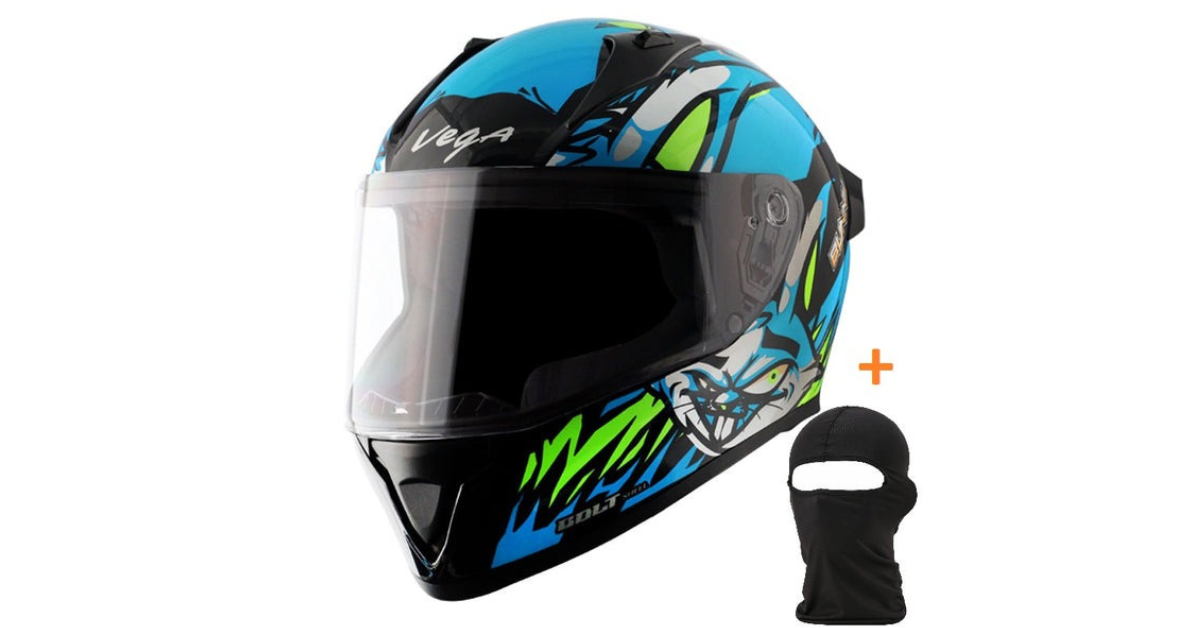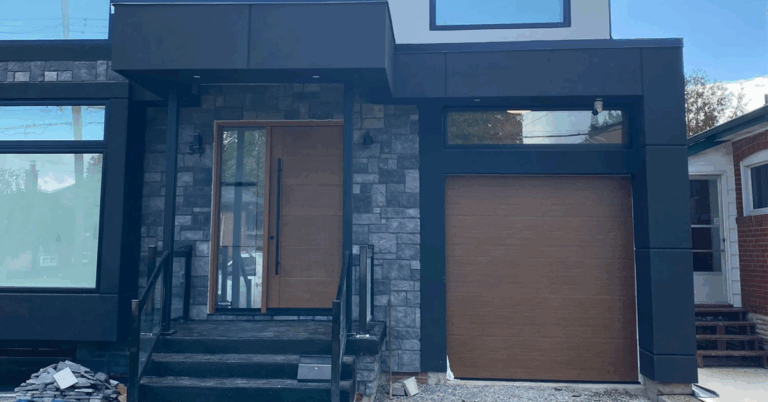The Ultimate Guide to Helmet Price: Understanding Cost Factors, Value, and Quality
When considering purchasing a helmet, whether for cycling, motorcycling, or any other recreational or safety purpose, one of the most important considerations is the Helmet Price. Helmets play a critical role in safety, and their price can vary widely depending on a variety of factors such as brand, material, design, and technology. This article will guide you through the various aspects that influence helmet prices, how to assess their value, and why paying attention to quality is crucial for your safety.
1. The Importance of Helmet Safety
Before we dive into price factors, it’s important to understand why investing in a good helmet is worth it. Helmets are designed to protect your head in the event of a crash or impact, preventing serious injuries and even saving lives. Helmets are often required by law in various countries for specific activities such as motorcycling or cycling, emphasizing the importance of wearing one.
The core purpose of a helmet is to absorb the shock of an impact, reducing the force transmitted to your skull. This is achieved by the helmet’s construction, including its outer shell, foam padding, and other internal materials. In many cases, helmets meet a minimum standard of safety, but the level of protection can vary.
2. Key Factors Influencing Helmet Price
Several factors contribute to the overall cost of a helmet. Understanding these elements can help you make a more informed decision when purchasing a helmet.
Material Quality
One of the main factors influencing helmet prices is the material used in the helmet’s construction. Most helmets are made from a combination of materials, including:
-
Outer Shell: The outer shell of the helmet is typically made from materials like polycarbonate, fiberglass, or carbon fiber. Polycarbonate helmets are often more affordable but may be less durable compared to fiberglass or carbon fiber. Carbon fiber, while more expensive, is lightweight, highly durable, and provides superior protection.
-
Impact Absorption: Inside the helmet, different types of foam are used to absorb impact. Expanded polystyrene (EPS) foam is the most common, but high-end models might feature multi-density foam or additional layers to enhance protection.
-
Lining and Comfort Padding: The lining of a helmet also impacts its comfort and, in turn, its price. High-quality, moisture-wicking liners can increase the price of the helmet, as they contribute to better comfort and breathability.
Design and Aerodynamics
Helmets designed for specific sports, like road cycling or motorcycling, often have aerodynamic designs that help reduce drag and improve performance. This may include ventilation systems, rear spoilers, and shaped visors. The design and functionality of these added features can influence the helmet price, as more advanced designs often involve greater engineering and testing.
Technology and Features
Modern helmets are equipped with various technologies aimed at enhancing safety and comfort. Some of these features include:
-
MIPS (Multi-directional Impact Protection System): A technology designed to reduce rotational forces during an impact. Helmets with MIPS can be more expensive due to the added protection it offers.
-
Bluetooth Compatibility: Some helmets, especially in the motorcycling world, come with built-in Bluetooth communication systems. These helmets enable riders to make calls, listen to music, or communicate with other riders without taking their hands off the handlebars.
-
Integrated Visors: Helmets designed for motorcyclists or cyclists may feature built-in visors or sunshields. This added convenience and functionality may increase the price of the helmet.
Certification and Safety Standards
Safety certifications such as DOT (Department of Transportation), ECE (Economic Commission for Europe), and Snell certification can increase the price of the helmet. These certifications ensure that the helmet meets certain safety standards, which is critical for its effectiveness in protecting the wearer during an accident.
Helmets that are certified by recognized organizations typically cost more due to the rigorous testing and quality assurance processes involved. Helmets without these certifications may be cheaper, but they might not provide the same level of safety.
Brand Reputation and Marketing
While we’re not comparing helmets from specific brands in this article, it’s important to note that well-known brands often charge a premium for their products due to their reputation, marketing, and research and development costs. A brand with a history of making high-quality helmets may cost more because of the trust it has built with customers and the premium materials and technologies it uses in manufacturing.
3. Types of Helmets and Their Price Range
Helmets come in a variety of types, each designed for specific purposes. The price of a helmet can vary significantly based on its type, intended use, and the factors mentioned above.
Bicycle Helmets
Bicycle helmets come in several categories, from budget-friendly options to high-end racing models. For everyday cyclists, a basic helmet may cost less but still provide essential protection. On the other hand, racing helmets with advanced aerodynamics and MIPS technology will typically be on the higher end of the price spectrum.
Motorcycle Helmets
Motorcycle helmets come in a wide range of prices, depending on their features. Full-face helmets, which cover the entire head and face, are typically more expensive than open-face helmets. Helmets designed for specific weather conditions (like those with integrated sun visors for hot climates) can also increase the price.
Skateboarding and BMX Helmets
These helmets are usually less expensive than motorcycling helmets due to the simpler design and less demanding safety requirements. However, higher-quality skate helmets may include features like extra padding or better ventilation, which can slightly raise the price.
Ski and Snowboard Helmets
Ski and snowboard helmets typically come equipped with added features such as ear protection, built-in visors, and extra insulation for warmth. These helmets can range in price based on the quality of insulation, fit, and integrated technologies such as audio compatibility.
4. Price vs. Value: What You’re Paying For
When considering the price of a helmet, it’s important to balance cost with value. While you might be tempted to go for a cheaper helmet, it’s worth considering the long-term benefits of investing in a high-quality helmet. Remember that a helmet is a safety device first and foremost. The protection it offers can save you from serious injury in case of an accident, making it crucial to choose a helmet that meets safety standards.
That being said, high-end helmets with extra features, advanced technologies, and superior materials might not be necessary for everyone. A basic helmet that meets safety standards and fits comfortably is sufficient for casual users, while professional athletes or individuals engaging in high-risk activities may want to opt for a helmet with more advanced safety features.
5. Maintaining Your Helmet: A Worthwhile Investment
A helmet can last for several years, but it’s essential to replace it after a significant impact or if it shows signs of damage. Keeping your helmet in good condition by storing it in a safe place and regularly checking for cracks or wear will ensure it remains effective. Regular maintenance ensures that your helmet continues to provide maximum protection.
Frequently Asked Questions (FAQs)
1. How long does a helmet last?
The lifespan of a helmet typically ranges from 3 to 5 years, depending on the usage and conditions. However, if the helmet has been involved in an impact, it should be replaced immediately, regardless of its age.
2. Are expensive helmets worth it?
Expensive helmets often come with additional safety features, better materials, and enhanced comfort. For recreational use, a mid-range helmet may suffice, but for serious athletes or those engaged in high-risk activities, the additional cost may be justified.
3. What should I look for when buying a helmet?
Look for a helmet that fits comfortably, meets safety standards (such as DOT, ECE, or Snell certification), and suits your specific activity. Additional features like ventilation, padding, and MIPS technology can further enhance the helmet’s value.
4. How do I ensure a good fit for my helmet?
To ensure a proper fit, try on the helmet and check for snugness. The helmet should sit level on your head and should not move easily. Adjust the straps to ensure a secure fit under the chin without being too tight.
5. Can I use my helmet for multiple activities?
Some helmets are designed for specific activities, and using the wrong type can compromise safety. It’s recommended to use a helmet designed for your specific sport or activity to ensure optimal protection.
Conclusion
In conclusion, helmet prices vary based on several factors, including material quality, design, technology, and safety features. While the price can be a good indicator of quality, it’s essential to choose a helmet based on your specific needs and safety requirements rather than simply opting for the most expensive option. The protection offered by a well-made helmet is invaluable, and investing in a quality product is a decision you won’t regret. Whether you’re cycling, motorcycling, or participating in another sport, always prioritize safety, comfort, and fit over cost.







